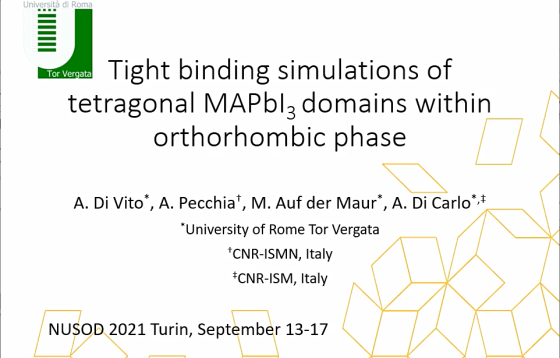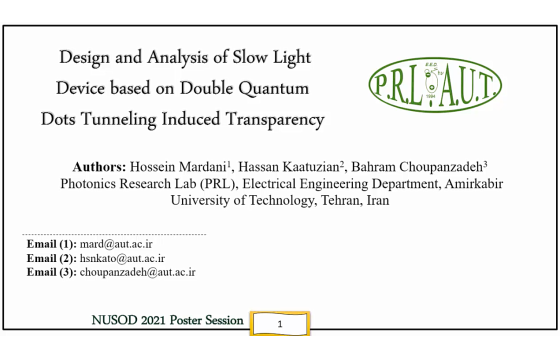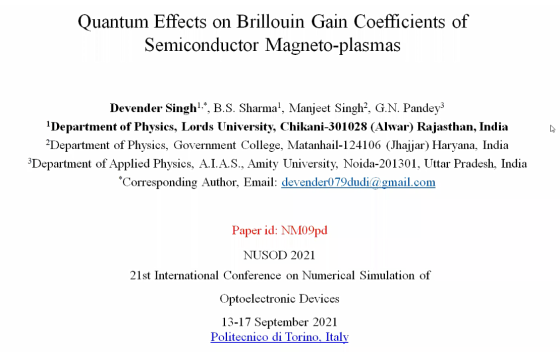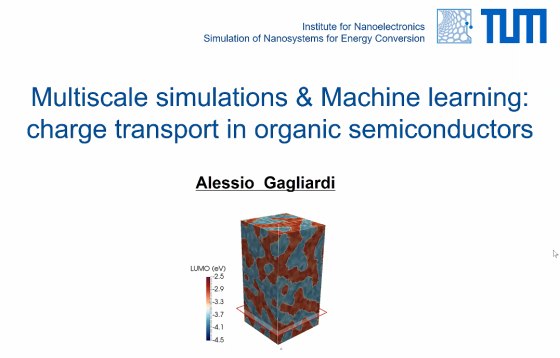NM03–Tight binding simulations of tetragonal MAPbI3 domains within orthorhombic phase
Very recent photoluminescence studies, investigating the tetragonal-to-orthorhombic phase transition of MAPbI3, demonstrated the presence of residual tetragonal phase far below the transition temperature, yielding spectral signatures from quantum confined tetragonal domains. We present a theoretical model of the coexistence of tetragonal and orthorhombic MAPbI3, based on tight binding simulations. The tight binding parameters are derived […]














